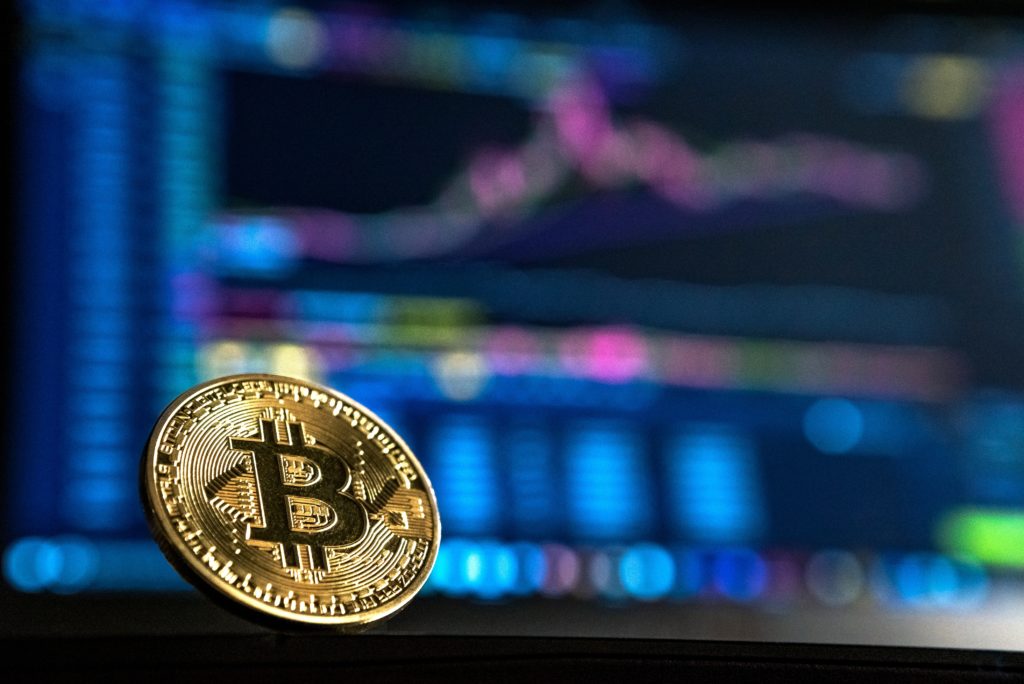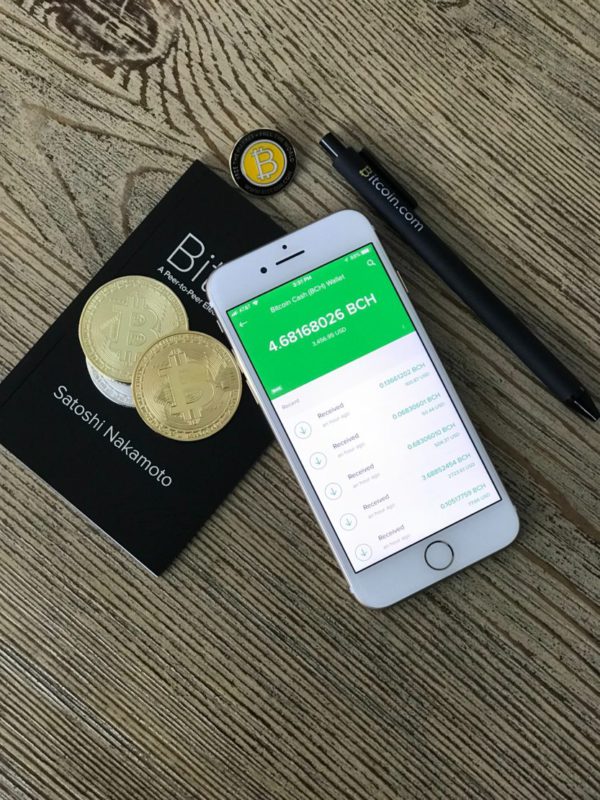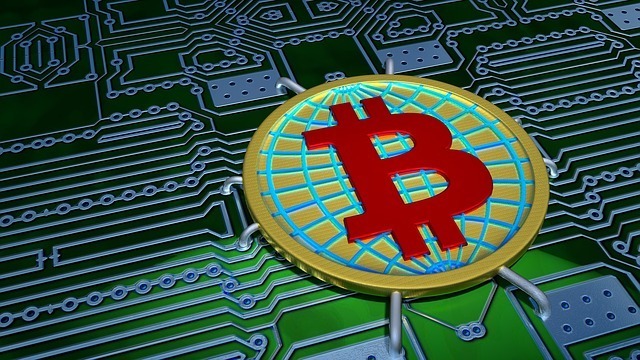Is Bitcoin a Risk-On or a Risk-Off Asset?
If you Google (or DDG) “inflation,” you’ll get the news with headlines like “US Inflation Jumps to Fresh 4-Decade High of 8.5 Percent in March” from almost every media outlet. That’s a substantial sum. When investors get concerned about inflation, they take a “risk-off” approach and pile into inflation hedges and store-of-value assets such as gold and… bitcoin?
So, why didn’t bitcoin’s price skyrocket once the inflation report was released last week? Is bitcoin a lousy way to protect against inflation? Is it ever going to be a worthwhile investment? Bitcoin’s sound money features should predisposition it to becoming a viable inflation hedge and store of wealth, notwithstanding its promise. That’s not going to work. So, what’s the deal? Is the “bitcoin as a store of value” narrative aspirational? Is it true that bitcoin investors are doomed? Why is bitcoin behaving so much like a technology stock?
The three pillars of current economic theory are production, money, and expectations. People and groups in charge of economies strive to boost economic output and strengthen their sovereign currency versus other currencies while also regulating future expectations to avoid economic downturns. There isn’t enough space in a column to go over all of these topics in-depth, so let’s focus on money, expectations, and the entity in charge of those two in the United States, the Federal Reserve, and how they relate to recent inflation troubles (and Bitcoin!).
The Fed is in charge of monetary policy in the United States to ensure “maximum employment, stable prices, and moderate long-term interest rates.” To achieve its goal, the Fed can use three levers:
- Open market operations (also known as “print money”)
- Interest rates
- Reserve requirements (also known as “vault deposit restrictions”)
Pretty clear that when the #Fed is expanding their balance sheet with monopoly money #Bitcoin does great as a risk asset. Once the party stops and real crisis sinks in, no one wants to own it. Instead, they go to #gold https://t.co/R1ZnJXWuoB
— The Liberty Offensive (@LibertyOffense) April 18, 2022
The main mechanisms we’ve seen the Fed used in recent memory are printing money (by buying bonds and “things”) and altering interest rates (by changing the rate it charges banks to lend money overnight).
Does the Fed have a lot on its plate right now?
The Fed’s goal is “stable pricing,” which has always meant an arbitrary 2 percent annual inflation target, which means the Fed wants products to cost 2 percent more each year. In March, the consumer price index, which is a gauge of inflation, hit a four-decade high of 8.5 percent year-over-year. In other words, the $10 burrito from last year is now $10.85. This is not a good situation. Furthermore, starting March 2021, year-over-year CPI measures have topped 2% every month. Inflation is not a passing fad.
We are not going to discuss how near-zero interest rates and extraordinary money printing got us here. Instead, we are going to discuss what investors are doing to safeguard their investments.
Investors become risk-averse in times of high inflation and economic instability, and there is a “flight to quality.” In practice, when investor sentiment becomes risk-off, they sell their risky tech stocks and buy bonds or, if they’re apprehensive about inflation, gold.
What’s more, what’s better than gold? Of course, it’s Gold 2.0. Bitcoin is a digital currency (or the Reserve Asset 3.0). Because of the high rate of inflation, everyone flocked to bitcoin, and its price skyrocketed, right? That’s not the case.
Also, read – Bitcoin Security: The Good, the Bad, and the Ugly
What’s going on? Isn’t this sound like the money? Isn’t this a value store with a known current supply and emission schedule? Isn’t bitcoin a proven scarce asset? It is assumed that bitcoin’s emission schedule remained constant as demand for the asset grew?
All of this is correct: Bitcoin has a well-defined monetary policy with a hard cap and a predetermined minting schedule; anyone with a full node (a computer with some software) can tell you how many bitcoins are in circulation, and the coins would not be mined any faster than they are now if the price of bitcoin rose to $1 million tomorrow.
However, there is one element that is missing.
Bitcoin’s price has been somewhat connected (> 0.20 correlation coefficient) with Nasdaq technology equities for nearly half of the trading days in 2022, according to a 60-day lookback. The reason for this is relatively straightforward. Bitcoin proponents regard it as a risk-off asset because of its complex money features. Still, investors see it as a risk-on asset because of its volatility and technology-like asymmetric price upside. When investors wish to reduce risk, they sell stocks and bitcoin at the same time. As a result, bitcoin isn’t yet a risk-off or risk-on asset. Instead, we believe it is more appropriate to refer to it as “risk everything.”
As a result, referring to bitcoin as an aspirational store of value is perhaps more accurate. A borderless, permissionless, uncensorable, sound monetary system of value transfer with predictable monetary policy is theoretically a great store of value. Still, until that narrative reaches more than 100 million people, the other 7.8 billion people will not see that system as a store of value, and the report will win. For the time being.
Stay informed with daily updates from Blockchain Magazine on Google News. Click here to follow us and mark as favorite: [Blockchain Magazine on Google News].
Get Blockchain Insights In Inbox
Stay ahead of the curve with expert analysis and market updates.
latest from tech
Disclaimer: Any post shared by a third-party agency are sponsored and Blockchain Magazine has no views on any such posts. The views and opinions expressed in this post are those of the clients and do not necessarily reflect the official policy or position of Blockchain Magazine. The information provided in this post is for informational purposes only and should not be considered as financial, investment, or professional advice. Blockchain Magazine does not endorse or promote any specific products, services, or companies mentioned in this posts. Readers are encouraged to conduct their own research and consult with a qualified professional before making any financial decisions. The featured image used is just a creative depiction of the title and it does not intend to hurt sentiments of any person or institution. If it hurts anyone sentiments, please do not hesitate to reach out to Blockchain Magazine.

 Bitcoin
Bitcoin  Ethereum
Ethereum  XRP
XRP  Tether
Tether  Solana
Solana  Dogecoin
Dogecoin  USDC
USDC  Cardano
Cardano  Lido Staked Ether
Lido Staked Ether  TRON
TRON  Chainlink
Chainlink  Avalanche
Avalanche  Wrapped stETH
Wrapped stETH  Sui
Sui  Wrapped Bitcoin
Wrapped Bitcoin  Toncoin
Toncoin  Stellar
Stellar  Hedera
Hedera  Shiba Inu
Shiba Inu  Polkadot
Polkadot  WETH
WETH  LEO Token
LEO Token  Litecoin
Litecoin  Bitcoin Cash
Bitcoin Cash  Bitget Token
Bitget Token  Hyperliquid
Hyperliquid  Uniswap
Uniswap  Official Trump
Official Trump  USDS
USDS  Wrapped eETH
Wrapped eETH  Pepe
Pepe  NEAR Protocol
NEAR Protocol  Ethena USDe
Ethena USDe  Aave
Aave  Aptos
Aptos  Internet Computer
Internet Computer  Monero
Monero  WhiteBIT Coin
WhiteBIT Coin  Ondo
Ondo  Ethereum Classic
Ethereum Classic  Cronos
Cronos  POL (ex-MATIC)
POL (ex-MATIC)  Mantle
Mantle  Render
Render  Dai
Dai  MANTRA
MANTRA  Algorand
Algorand 




